This week, we present Mary Magdalene as the fourth portrait of historical women played by storyteller Megan Wells. In our February 2024 session, we photographed four of the eighteen women that Megan Wells plays in her historical impersonations. In past weeks we’ve presented the first three finished portraits from that session—Abigail Adams, Florence Nightingale, and Eleanor Roosevelt.
When I got to Mary Megan’s Mary Magdalene portrait, it happened to be Easter week, and I was looking for some inspiration for which direction to take the portrait. I had photographed her on a brown painterly background that felt about right as a starting place, and Megan had done a phenomenal job as usual, inhabiting the persona of this mysterious woman.
I remember thinking Mary Magdalene would be the most challenging portrait to make. Every portrait has its own particular mood, and to best find that mood I need to understand the character, or what we’re saying about the character. There are many different ways one can express a character. So what did we want to show with Mary Magdalene?
I called Megan the morning of Good Friday to get her take.
In Search of the Magdalene
I ate thirty-five books. It was both a mystical search and a theatrical storytelling assignment. She was my first impersonation. And then it just had me.
Megan Wells on Mary Magdalene as her first historical impersonation
Mary Magdalene was Megan Wells’s first historical impersonation as a storyteller.
Back in January 2024, in our initial consultation about the portrait series, Megan told me that when she became a professional storyteller, she began with the big Greek epics. And then one day someone asked her to do Mary Magdalene. This was the one that opened the way for all her characters that followed.
The Story
The crucifixion story has been told and retold from various points of view in fiction, in gospel, in historical accounts, in oral tradition, in film and television media, and so on. Megan’s telling is from Mary Magdalene’s point of view as one of the women who made history.
When Megan tells Mary Magdalene’s story, she tells it from Jesus’s entry into Jerusalem on Palm Sunday. She speaks of the intimacy of the Last Supper, with all the disciples together—not just the twelve apostles but the larger group of disciples who followed him, men and women alike. She talks about Jesus taking the men to Gethsemane, and she follows Mary as a witness to these events, from the arrest to the trial among the leadership in Jerusalem to the crucifixion and its aftermath on the mornings that followed. Megan’s story follows Mary as she goes to anoint the body before the tomb is permanently closed; when she arrives, the body is gone.
“But where did the body go?” Megan asks. “That’s where faith, belief, and proof are still like a three-legged stool working it out together.”
Where history has left us only brief accounts of Mary’s life, artists, clerics, and storytellers have speculated widely about her over the centuries, inventing speculative fiction around Mary as a sex worker—as Enlightenment painters chose to portray her—or that she was married to Jesus, à la Dan Brown’s novel The Da Vinci Code.
“Was she married to him? That’s her business,” Megan says. “I don’t know it’s useful for us. I take her through that crucifixion experience to the vision in the garden and trying to keep the followers together, focused on his main teaching. Over and over it’s ‘Love one another, even when it is hard.’ That was his main teaching the whole time. Don’t let religion separate you, old laws from the past, icons and figures of God. Love your neighbor, tell the truth, heal the sick.”
Not a Saint but a Mystic
Which leads us back to the mood of the portrait and what we want to show in it.
“This really clarifies why Mary’s standing there human,” Megan says after telling me her point of view on Mary. “She’s holding the sacred oil nard. She’s associated with the nard because it’s the sacred oil. It has centuries of tradition as being the oil to anoint kings. King and messiah are braided together deeply.
“She’s not a saint, but a mystic. Make her glow with a source of light that we could all have if we all fed our heart in the morning and kept it lit all day. There’s something lit in the urn, a power in her hands. A glow to her face. She’s luminous.”
And so that is what I attempted to do with Mary Magdalene’s portrait.

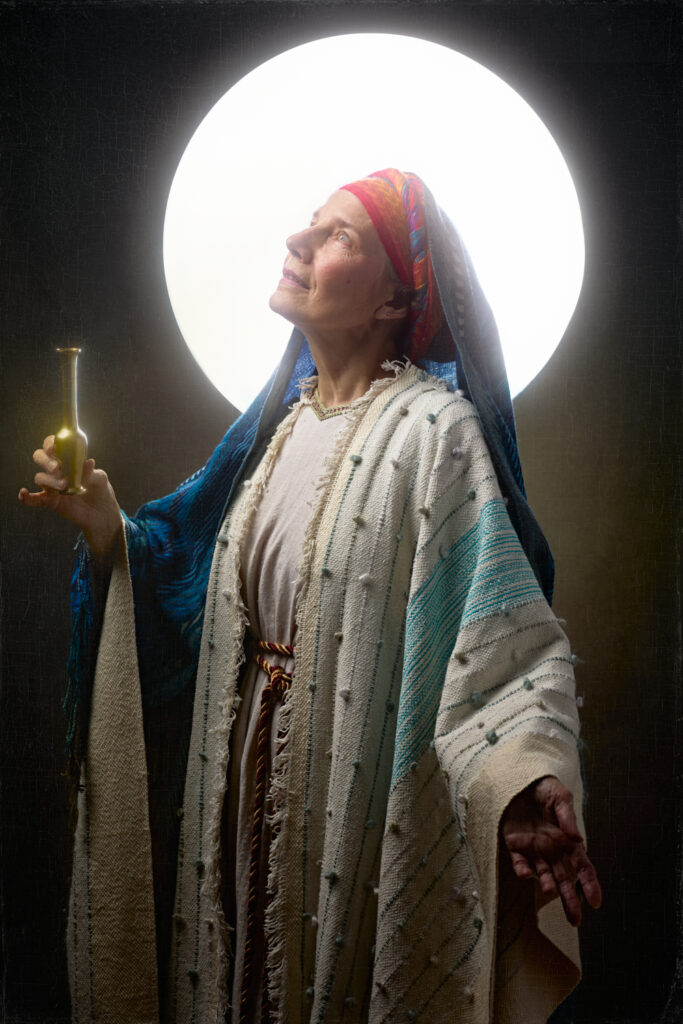
Megan Wells Historical Portraiture Gallery
This is our gallery of characters from storyteller Megan Wells’s first Distant Era session. We’ve since had our second, featuring three more of the historical women she plays. We’ll continue to present those on The All Worlds Traveller this spring. In the meantime, consider booking this phenomenal storyteller for your events!
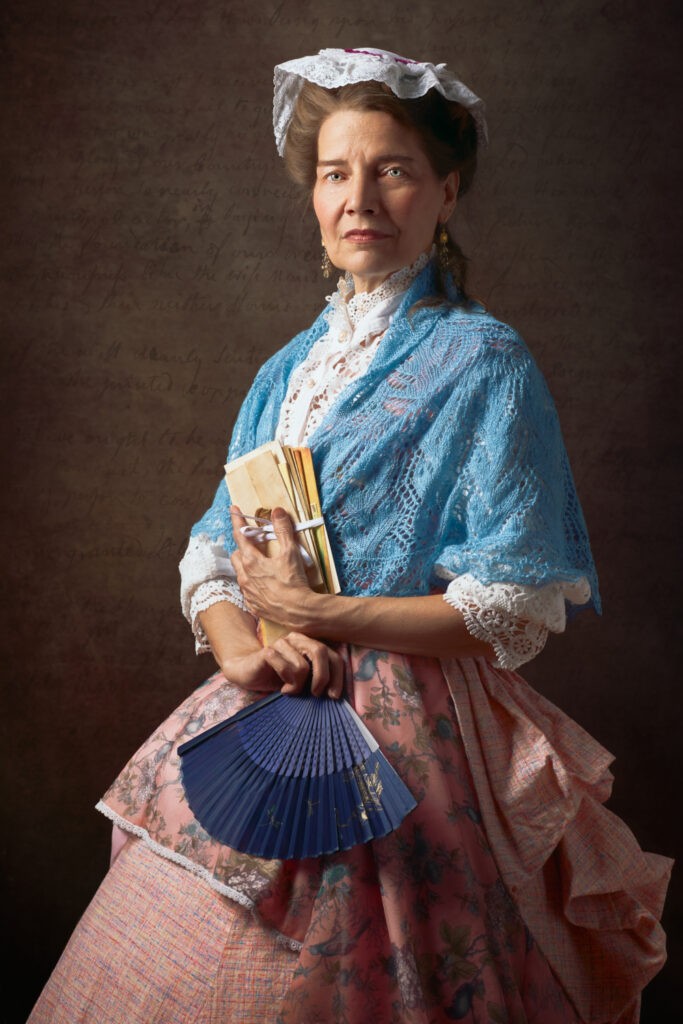
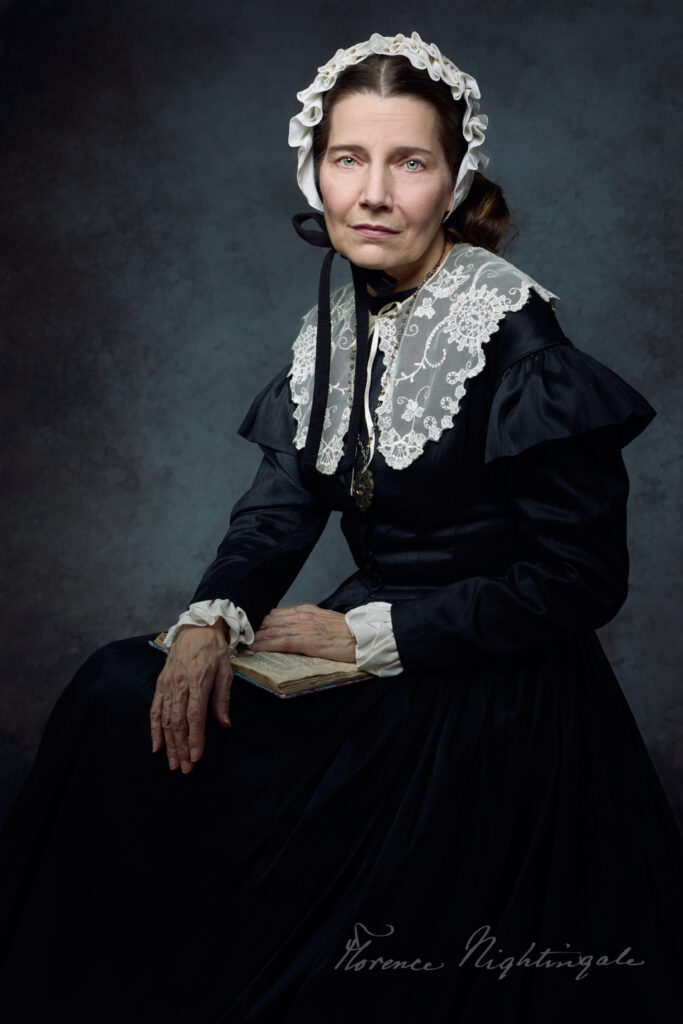
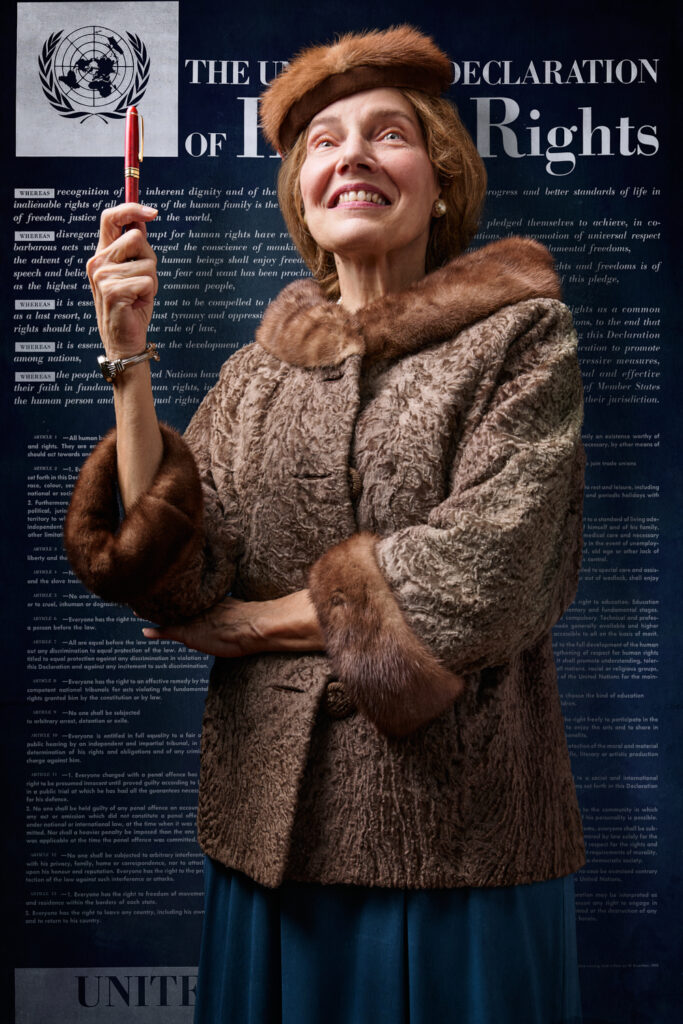
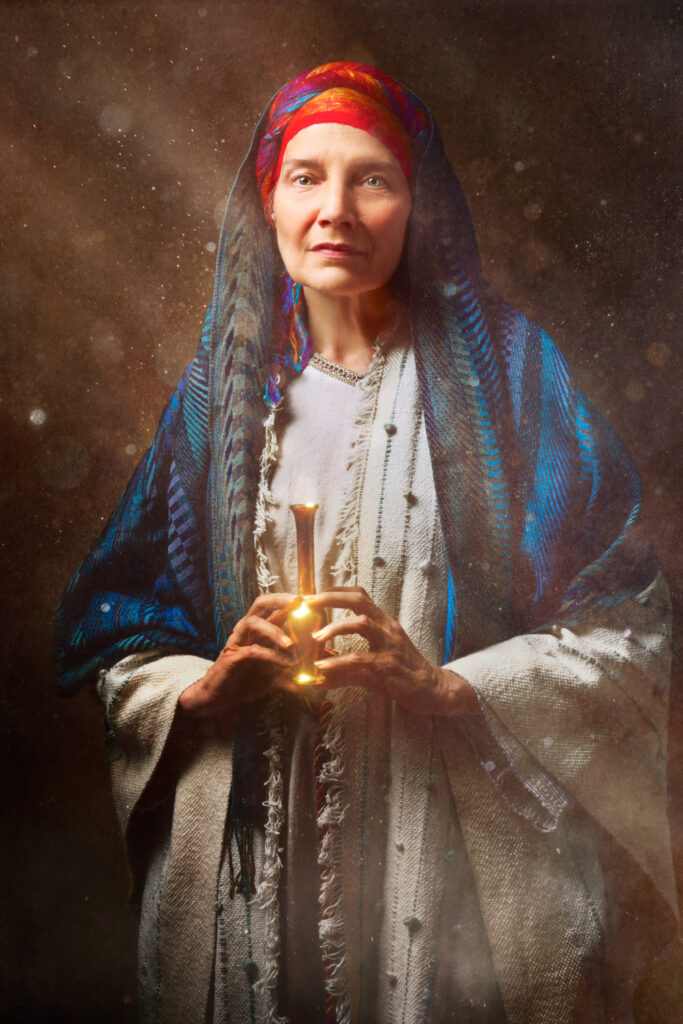

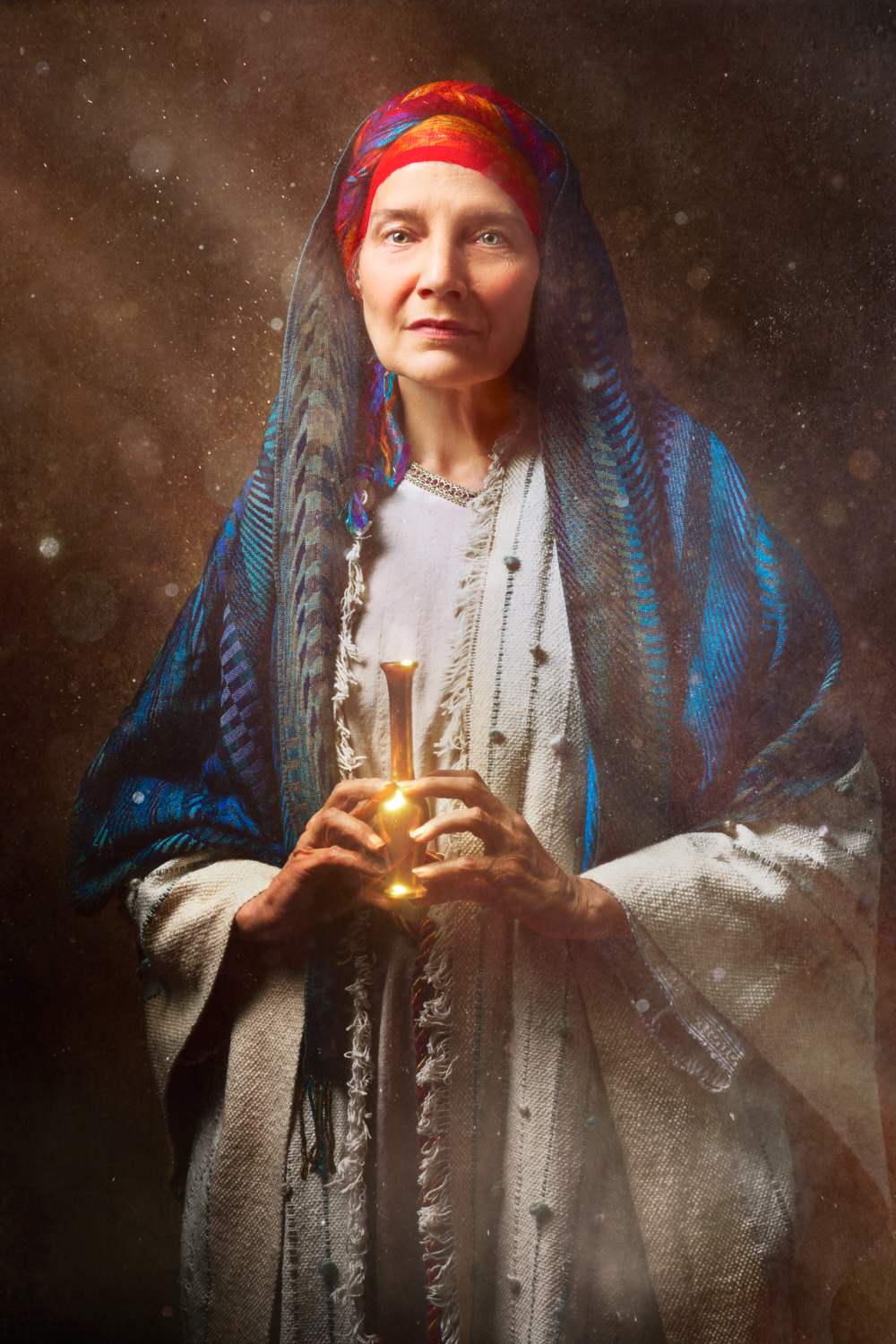
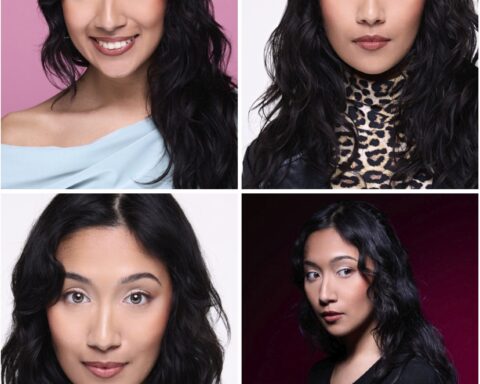
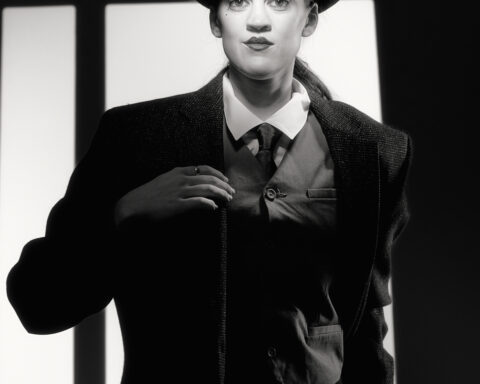
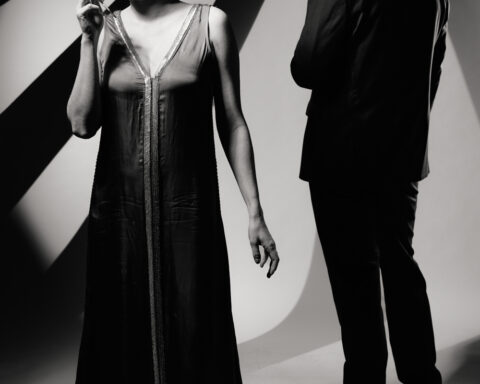

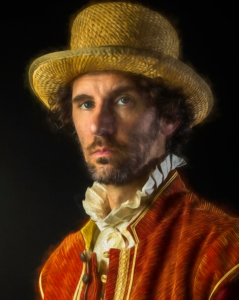

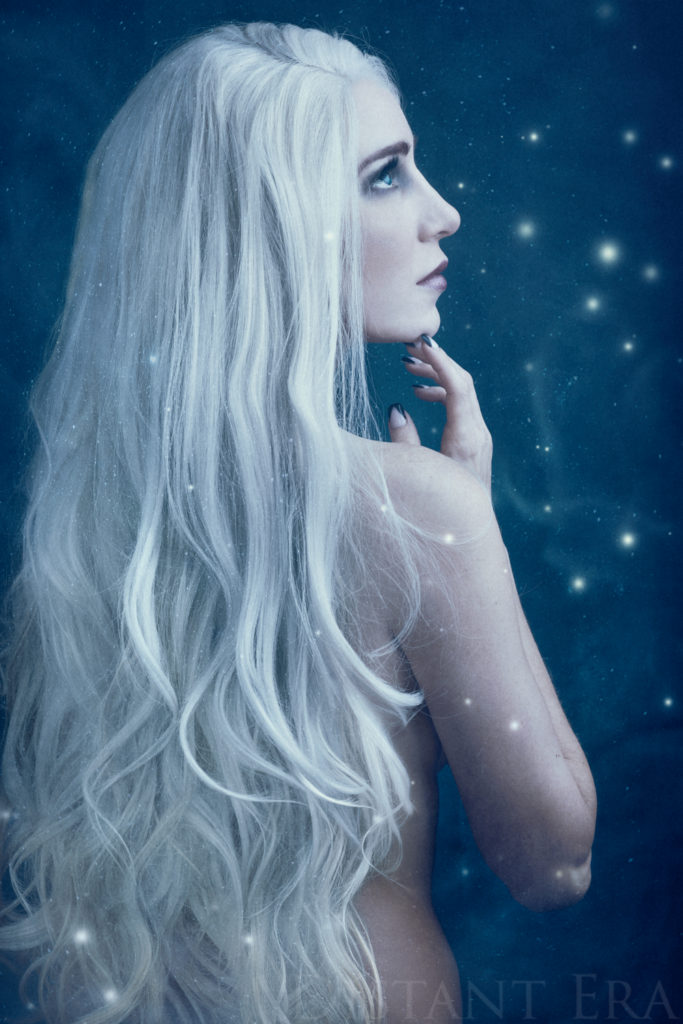
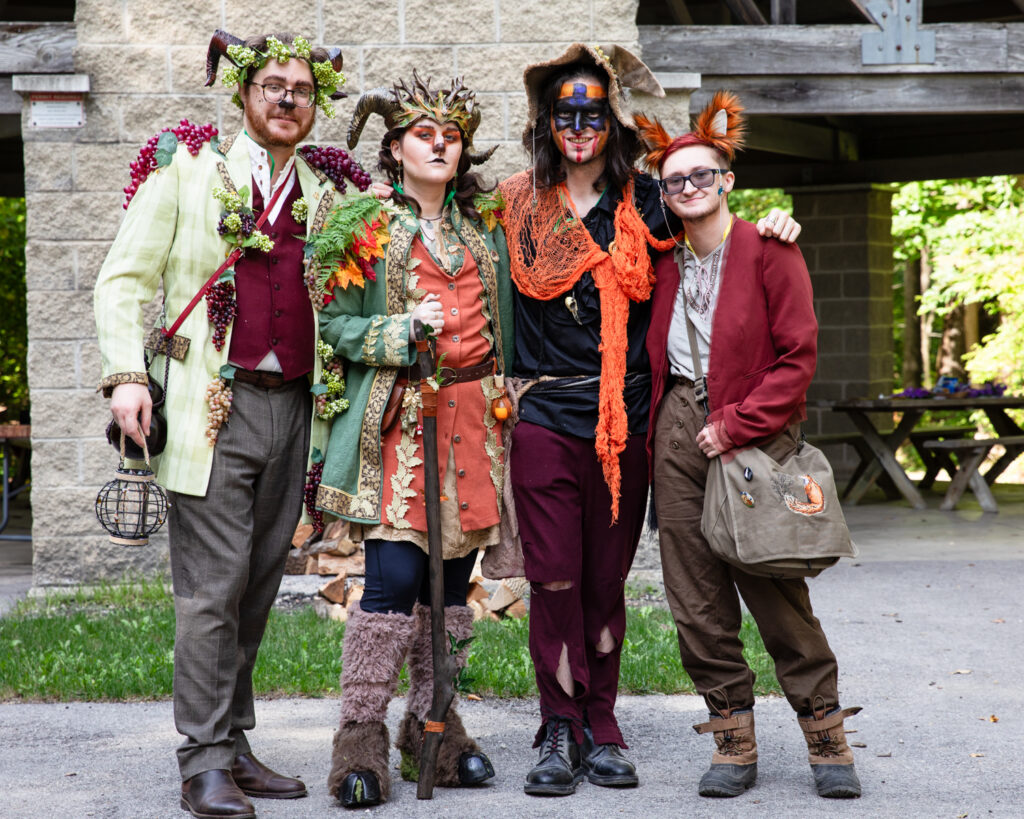
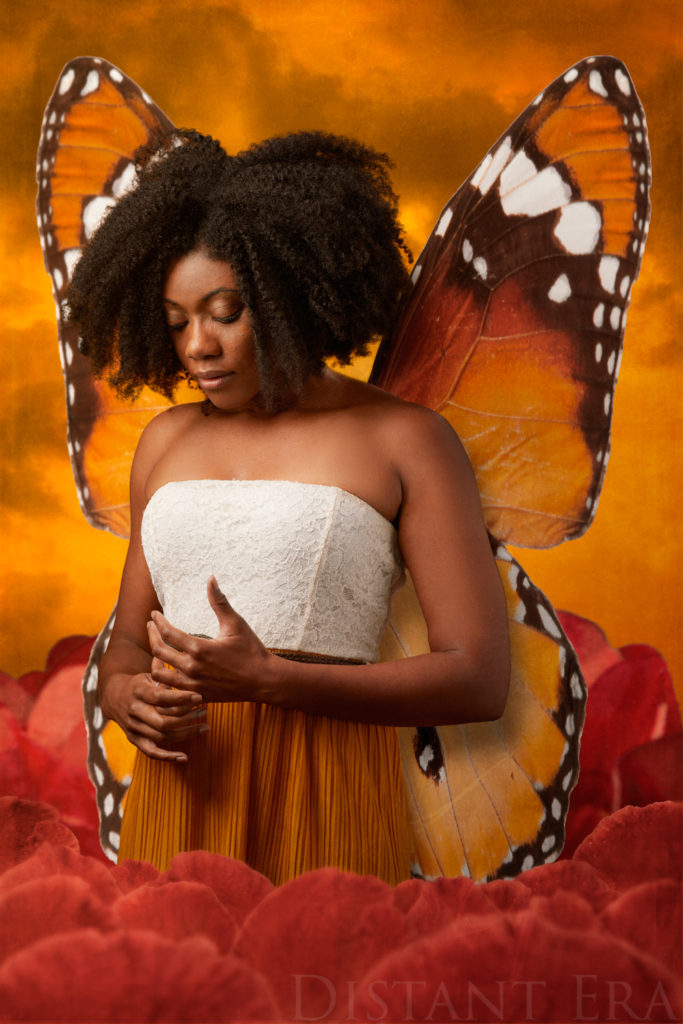

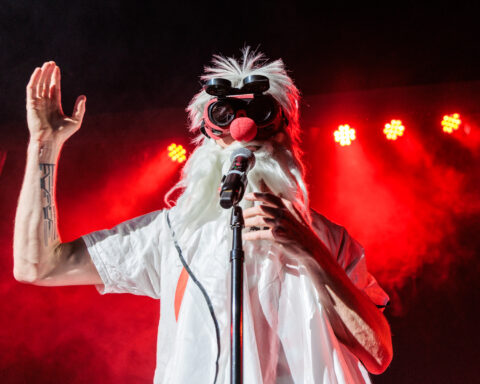
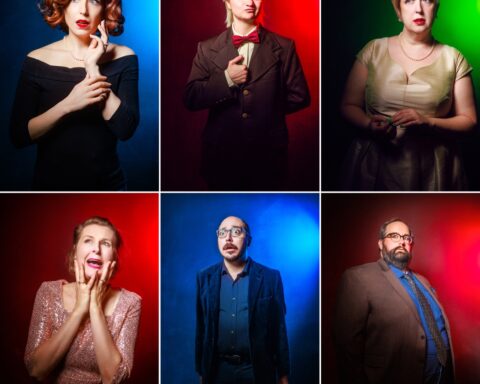
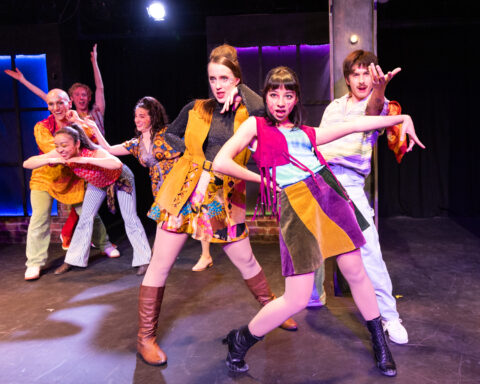

Follow Me